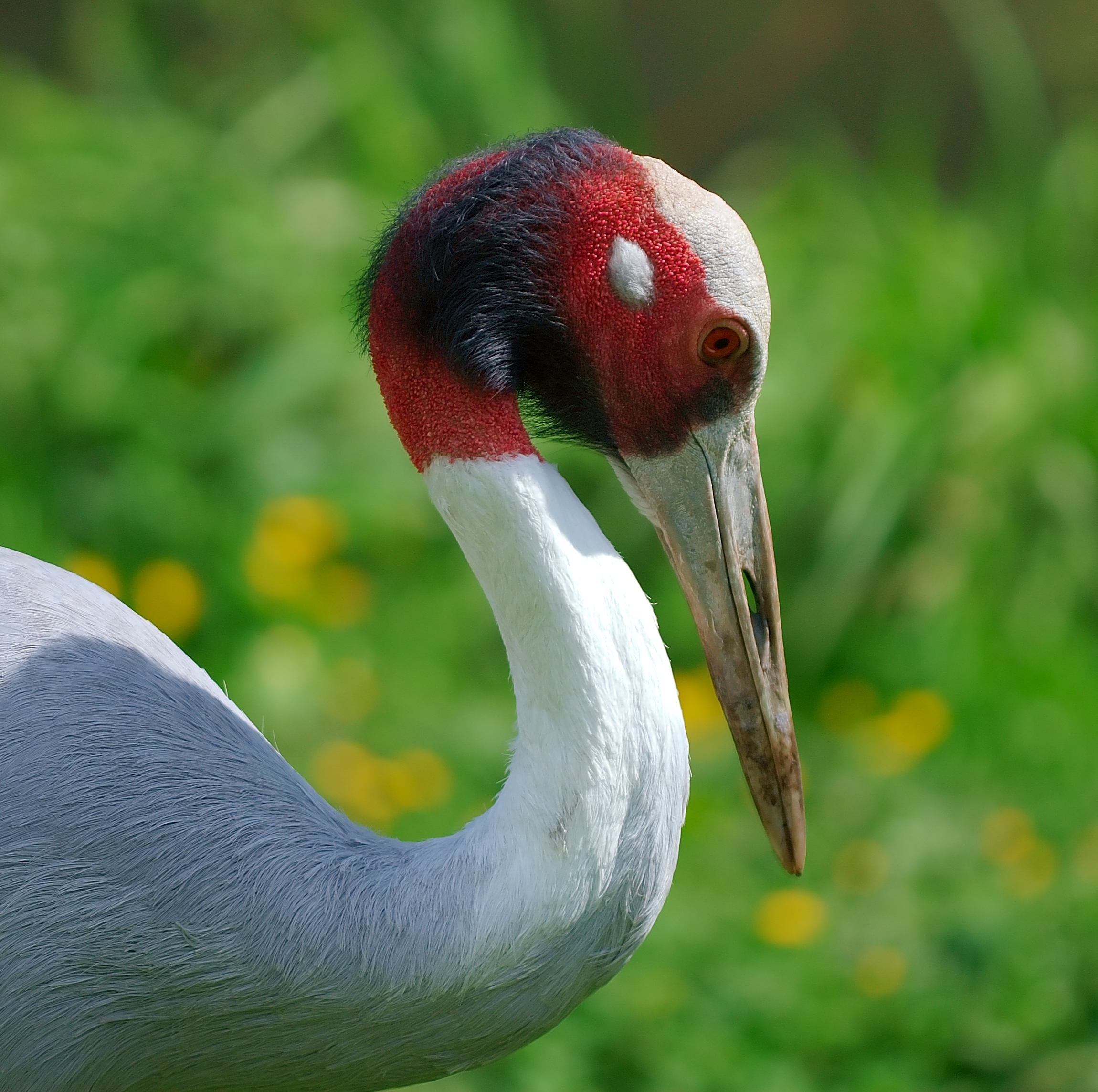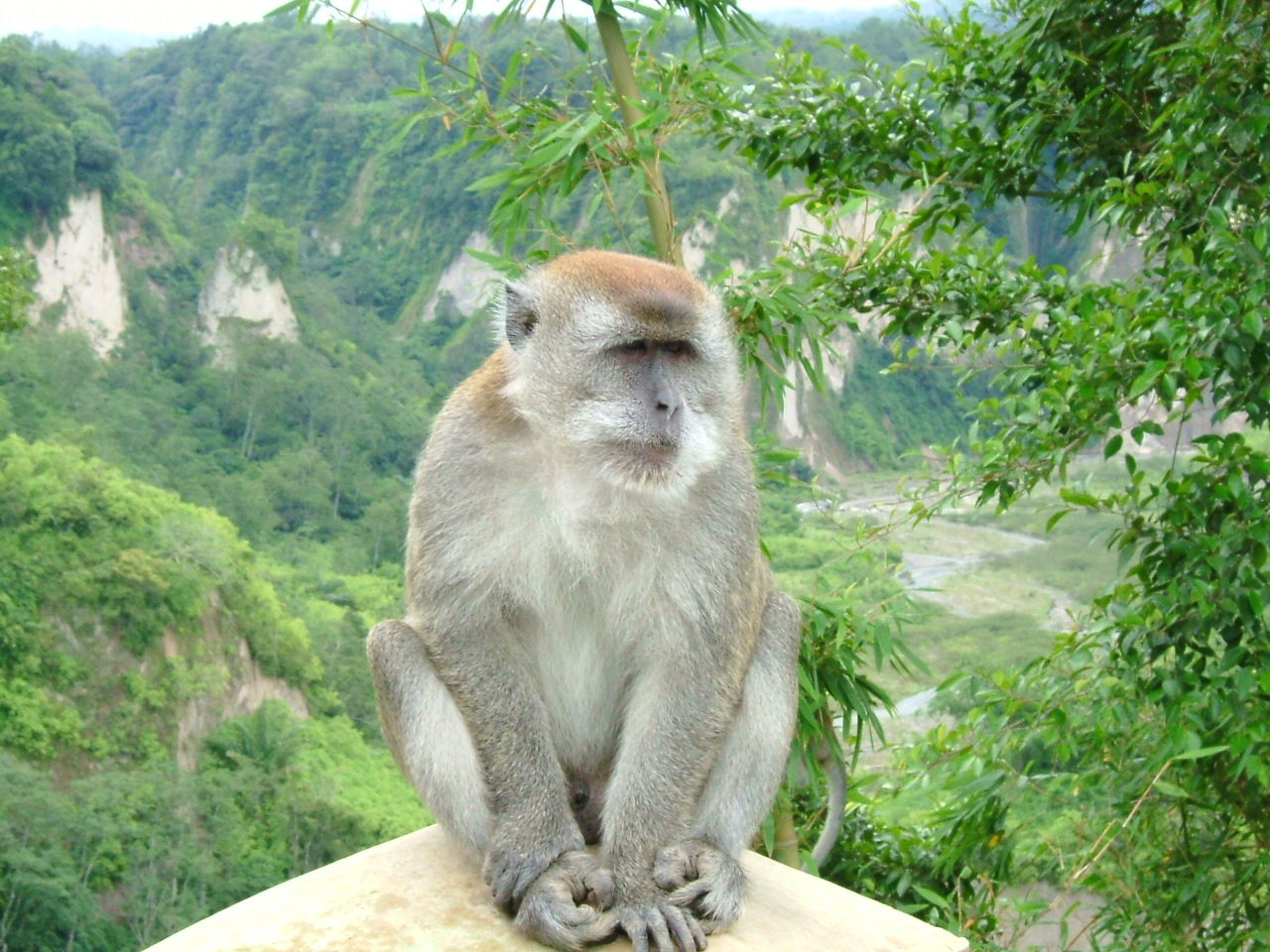|
Ang Trapaing Thmor Crane Sanctuary
Ang Trapeang Thma Protected Landscape ( km, អាងត្រពាំងថ្ម ) is a protected area in northwestern Cambodia that was first established in 1999 and converted to a protected landscape in 2016. The reserve was set aside to protect the rare eastern sarus crane (''Grus antigone sharpii''). Prior to the discovery of the crane at Trapeang Thma, there were thought to be fewer than 1,000 of the birds left alive in the world. Location and access The crane sanctuary is located in north western Cambodia, not far from the border with Thailand. The entire 10,000 hectares of the protected area is contained within Phnom Srok District of Banteay Meanchey Province. Phnom Srok district shares a border with Siem Reap and Oddar Meanchey Provinces. Reading from the north clockwise, Phnom Srok borders with Banteay Ampil and Chong Kal districts of Oddar Meanchey province to the north. The eastern border of the district is shared with Srei Snam and Kralanh districts of Sie ... [...More Info...] [...Related Items...] OR: [Wikipedia] [Google] [Baidu] |
National Highway 6 (Cambodia)
National Highway 6 or National Road No.6 (10006) is one of the national highways of Cambodia. It is long (including 6A), it connects the capital of Phnom Penh with Banteay Meanchey through Siem Reap on the north shore of the Tonlé Sap. It terminates merging into the National Highway 5. National Highway 6A From Phnom Penh to the town of Skuon (), where it connects with National Highway 7, the highway has been upgraded to dual carriageway A dual carriageway ( BE) or divided highway ( AE) is a class of highway with carriageways for traffic travelling in opposite directions separated by a central reservation (BrE) or median (AmE). Roads with two or more carriageways which are ... and it bears the name of National Highway 6A. References Roads in Cambodia {{Cambodia-transport-stub ... [...More Info...] [...Related Items...] OR: [Wikipedia] [Google] [Baidu] |
Eld's Deer
Eld's deer (''Rucervus eldii'' or ''Panolia eldii''Pitraa, Fickela, Meijaard, Groves (2004). ''Evolution and phylogeny of old world deer.'' Molecular Phylogenetics and Evolution 33: 880–895.), also known as the thamin or brow-antlered deer, is an endangered species of deer endemic to South Asia. Taxonomy The species was first described by John McClelland in 1840 based on specimens obtained in Manipur, India. It was described more detailed by Percy Eld in 1841; it was suggested to call the deer ''Cervus Eldii''. McClelland coined the scientific name ''Cervus (Rusa) frontals'' in 1843. In 1850, John Edward Gray proposed the name ''Panolia eldii'' for the deer. It has recently been proposed that it should be moved back to the genus ''Panolia'' on the basis of recent genetic findings that place it closer to Pere David's deer than to other members of the genus ''Rucervus''. The three subspecies of the Eld's deer are: *''Rucervus eldii eldii'': The Manipuri brow-antlered deer is f ... [...More Info...] [...Related Items...] OR: [Wikipedia] [Google] [Baidu] |
Long Tailed Macaque
The crab-eating macaque (''Macaca fascicularis''), also known as the long-tailed macaque and referred to as the cynomolgus monkey in laboratories, is a cercopithecine primate native to Southeast Asia. A species of macaque, the crab-eating macaque has a long history alongside humans. The species has been alternately seen as an agricultural pest, a sacred animal, and, more recently, the subject of medical experiments. The crab-eating macaque lives in matrilineal social groups of up to eight individuals dominated by females. Male members leave the group when they reach puberty. It is an opportunistic omnivore and has been documented using tools to obtain food in Thailand and Myanmar. The crab-eating macaque is a known invasive species and a threat to biodiversity in several locations, including Hong Kong and western New Guinea. The significant overlap in macaque and human living space has resulted in greater habitat loss, synanthropic living, and inter- and intraspecies conflicts ov ... [...More Info...] [...Related Items...] OR: [Wikipedia] [Google] [Baidu] |
Plain
In geography, a plain is a flat expanse of land that generally does not change much in elevation, and is primarily treeless. Plains occur as lowlands along valleys or at the base of mountains, as coastal plains, and as plateaus or uplands. In a valley, a plain is enclosed on two sides, but in other cases a plain may be delineated by a complete or partial ring of hills, by mountains, or by cliffs. Where a geological region contains more than one plain, they may be connected by a pass (sometimes termed a gap). Coastal plains mostly rise from sea level until they run into elevated features such as mountains or plateaus. Plains are one of the major landforms on earth, where they are present on all continents, and cover more than one-third of the world's land area. Plains can be formed from flowing lava; from deposition of sediment by water, ice, or wind; or formed by erosion by the agents from hills and mountains. Biomes on plains include grassland ( temperate or subtr ... [...More Info...] [...Related Items...] OR: [Wikipedia] [Google] [Baidu] |
Marsh
A marsh is a wetland that is dominated by herbaceous rather than woody plant species.Keddy, P.A. 2010. Wetland Ecology: Principles and Conservation (2nd edition). Cambridge University Press, Cambridge, UK. 497 p Marshes can often be found at the edges of lakes and streams, where they form a transition between the aquatic and terrestrial ecosystems. They are often dominated by grasses, rushes or reeds. If woody plants are present they tend to be low-growing shrubs, and the marsh is sometimes called a carr. This form of vegetation is what differentiates marshes from other types of wetland such as swamps, which are dominated by trees, and mires, which are wetlands that have accumulated deposits of acidic peat. Marshes provide habitats for many kinds of invertebrates, fish, amphibians, waterfowl and aquatic mammals. This biological productivity means that marshes contain 0.1% of global sequestered terrestrial carbon. Moreover, they have an outsized influence on climate resi ... [...More Info...] [...Related Items...] OR: [Wikipedia] [Google] [Baidu] |
Crane (bird)
Cranes are a family, the Gruidae, of large, long-legged, and long-necked birds in the group Gruiformes. The 15 species of cranes are placed in three genera, ''Antigone'', ''Balearica'', and '' Grus''. Unlike the similar-looking but unrelated herons, cranes fly with necks outstretched, not pulled back. Cranes live on most continents, with the exception of Antarctica and South America. They are opportunistic feeders that change their diets according to the season and their own nutrient requirements. They eat a range of items from small rodents, eggs of birds, fish, amphibians, and insects to grain and berries. Cranes construct platform nests in shallow water, and typically lay two eggs at a time. Both parents help to rear the young, which remain with them until the next breeding season. Some species and populations of cranes migrate over long distances; others do not migrate at all. Cranes are solitary during the breeding season, occurring in pairs, but during the nonbreeding se ... [...More Info...] [...Related Items...] OR: [Wikipedia] [Google] [Baidu] |
Australia
Australia, officially the Commonwealth of Australia, is a Sovereign state, sovereign country comprising the mainland of the Australia (continent), Australian continent, the island of Tasmania, and numerous List of islands of Australia, smaller islands. With an area of , Australia is the largest country by area in Oceania and the world's List of countries and dependencies by area, sixth-largest country. Australia is the oldest, flattest, and driest inhabited continent, with the least fertile soils. It is a Megadiverse countries, megadiverse country, and its size gives it a wide variety of landscapes and climates, with Deserts of Australia, deserts in the centre, tropical Forests of Australia, rainforests in the north-east, and List of mountains in Australia, mountain ranges in the south-east. The ancestors of Aboriginal Australians began arriving from south east Asia approximately Early human migrations#Nearby Oceania, 65,000 years ago, during the Last Glacial Period, last i ... [...More Info...] [...Related Items...] OR: [Wikipedia] [Google] [Baidu] |
Queensland
) , nickname = Sunshine State , image_map = Queensland in Australia.svg , map_caption = Location of Queensland in Australia , subdivision_type = Country , subdivision_name = Australia , established_title = Before federation , established_date = Colony of Queensland , established_title2 = Separation from New South Wales , established_date2 = 6 June 1859 , established_title3 = Federation , established_date3 = 1 January 1901 , named_for = Queen Victoria , demonym = , capital = Brisbane , largest_city = capital , coordinates = , admin_center_type = Administration , admin_center = 77 local government areas , leader_title1 = Monarch , leader_name1 = Charles III , leader_title2 = Governor , leader_name2 = Jeannette Young , leader_title3 = Premier , leader_name3 = Annastacia Palaszczuk ( ALP) , legislature = Parliament of Queensland , judiciary = Supreme Court of Queensland , national_representation = Parliament of Australia , national_representation_type ... [...More Info...] [...Related Items...] OR: [Wikipedia] [Google] [Baidu] |
Southeast Asia
Southeast Asia, also spelled South East Asia and South-East Asia, and also known as Southeastern Asia, South-eastern Asia or SEA, is the geographical United Nations geoscheme for Asia#South-eastern Asia, south-eastern region of Asia, consisting of the regions that are situated south of mainland China, east of the Indian subcontinent, and north-west of mainland Australia. Southeast Asia is bordered to the north by East Asia, to the west by South Asia and the Bay of Bengal, to the east by Oceania and the Pacific Ocean, and to the south by Australia (continent), Australia and the Indian Ocean. Apart from the British Indian Ocean Territory and two out of atolls of Maldives, 26 atolls of Maldives in South Asia, Maritime Southeast Asia is the only other subregion of Asia that lies partly within the Southern Hemisphere. Mainland Southeast Asia is completely in the Northern Hemisphere. East Timor and the southern portion of Indonesia are the only parts that are south of the Equator. Th ... [...More Info...] [...Related Items...] OR: [Wikipedia] [Google] [Baidu] |
Nepal
Nepal (; ne, नेपाल ), formerly the Federal Democratic Republic of Nepal ( ne, सङ्घीय लोकतान्त्रिक गणतन्त्र नेपाल ), is a landlocked country in South Asia. It is mainly situated in the Himalayas, but also includes parts of the Indo-Gangetic Plain, bordering the Tibet Autonomous Region of China to the north, and India in the south, east, and west, while it is narrowly separated from Bangladesh by the Siliguri Corridor, and from Bhutan by the Indian state of Sikkim. Nepal has a diverse geography, including fertile plains, subalpine forested hills, and eight of the world's ten tallest mountains, including Mount Everest, the highest point on Earth. Nepal is a multi-ethnic, multi-lingual, multi-religious and multi-cultural state, with Nepali as the official language. Kathmandu is the nation's capital and the largest city. The name "Nepal" is first recorded in texts from the Vedic period of the India ... [...More Info...] [...Related Items...] OR: [Wikipedia] [Google] [Baidu] |
India
India, officially the Republic of India (Hindi: ), is a country in South Asia. It is the seventh-largest country by area, the second-most populous country, and the most populous democracy in the world. Bounded by the Indian Ocean on the south, the Arabian Sea on the southwest, and the Bay of Bengal on the southeast, it shares land borders with Pakistan to the west; China, Nepal, and Bhutan to the north; and Bangladesh and Myanmar to the east. In the Indian Ocean, India is in the vicinity of Sri Lanka and the Maldives; its Andaman and Nicobar Islands share a maritime border with Thailand, Myanmar, and Indonesia. Modern humans arrived on the Indian subcontinent from Africa no later than 55,000 years ago., "Y-Chromosome and Mt-DNA data support the colonization of South Asia by modern humans originating in Africa. ... Coalescence dates for most non-European populations average to between 73–55 ka.", "Modern human beings—''Homo sapiens''—originated in Africa. Then, int ... [...More Info...] [...Related Items...] OR: [Wikipedia] [Google] [Baidu] |







